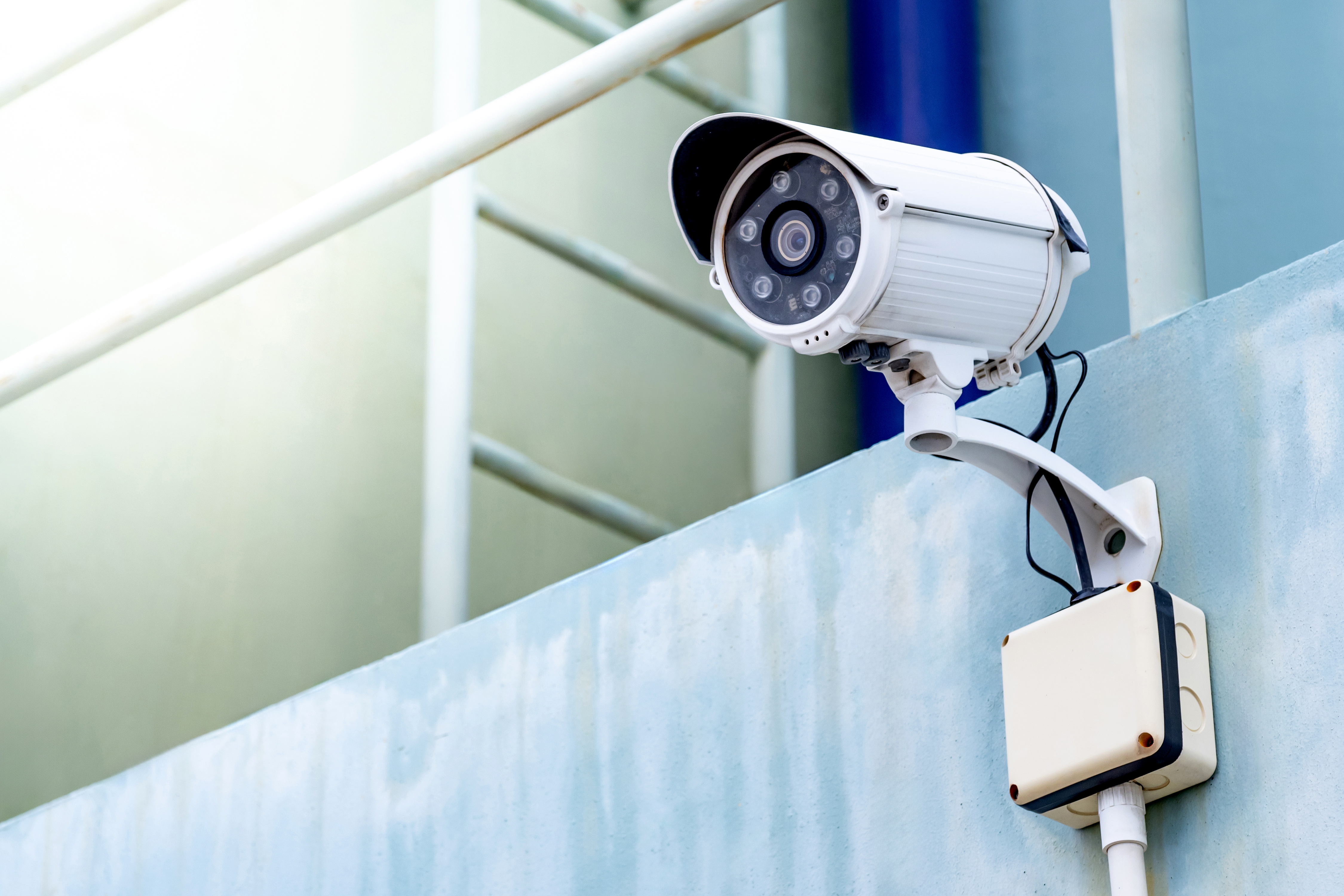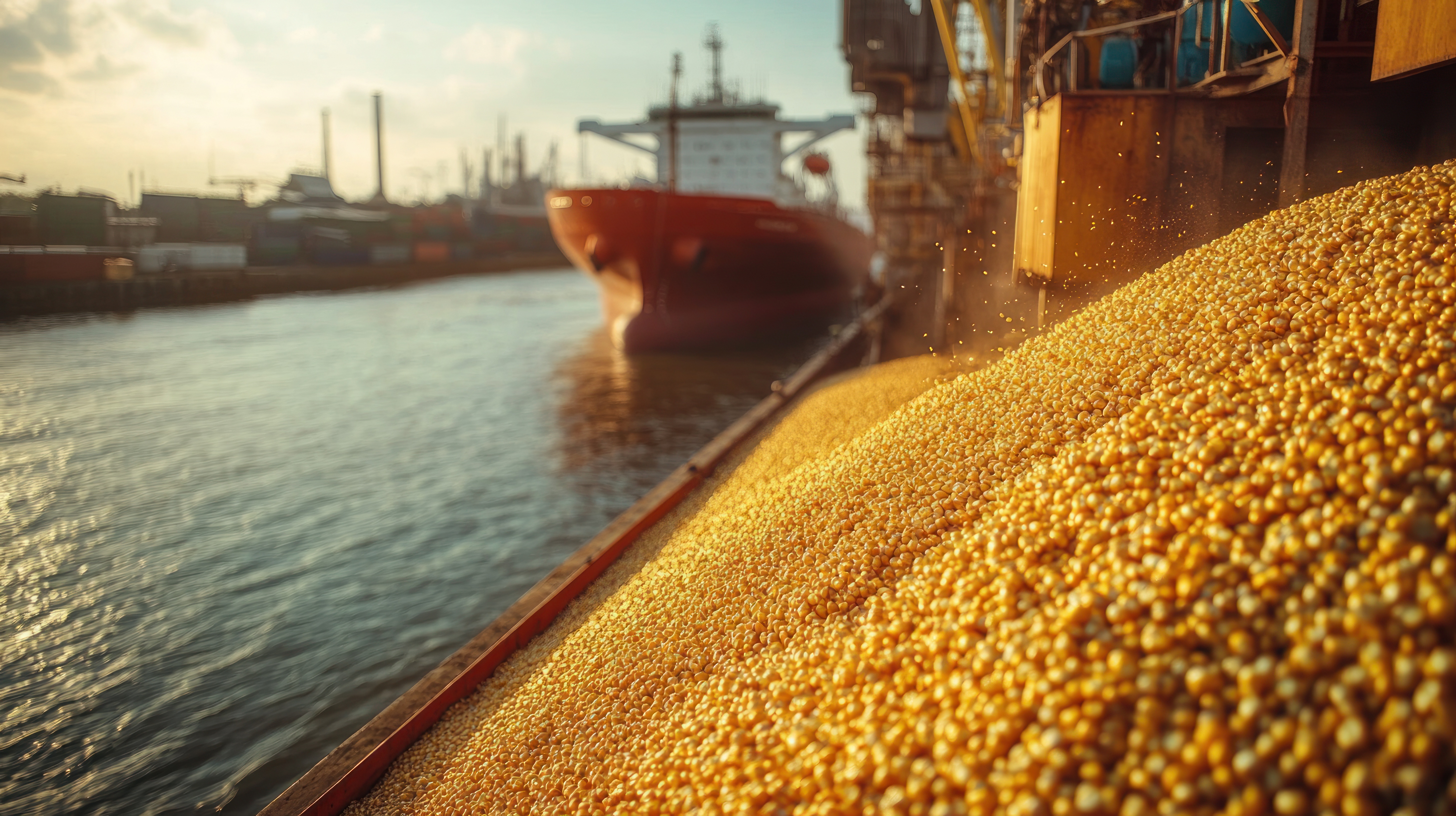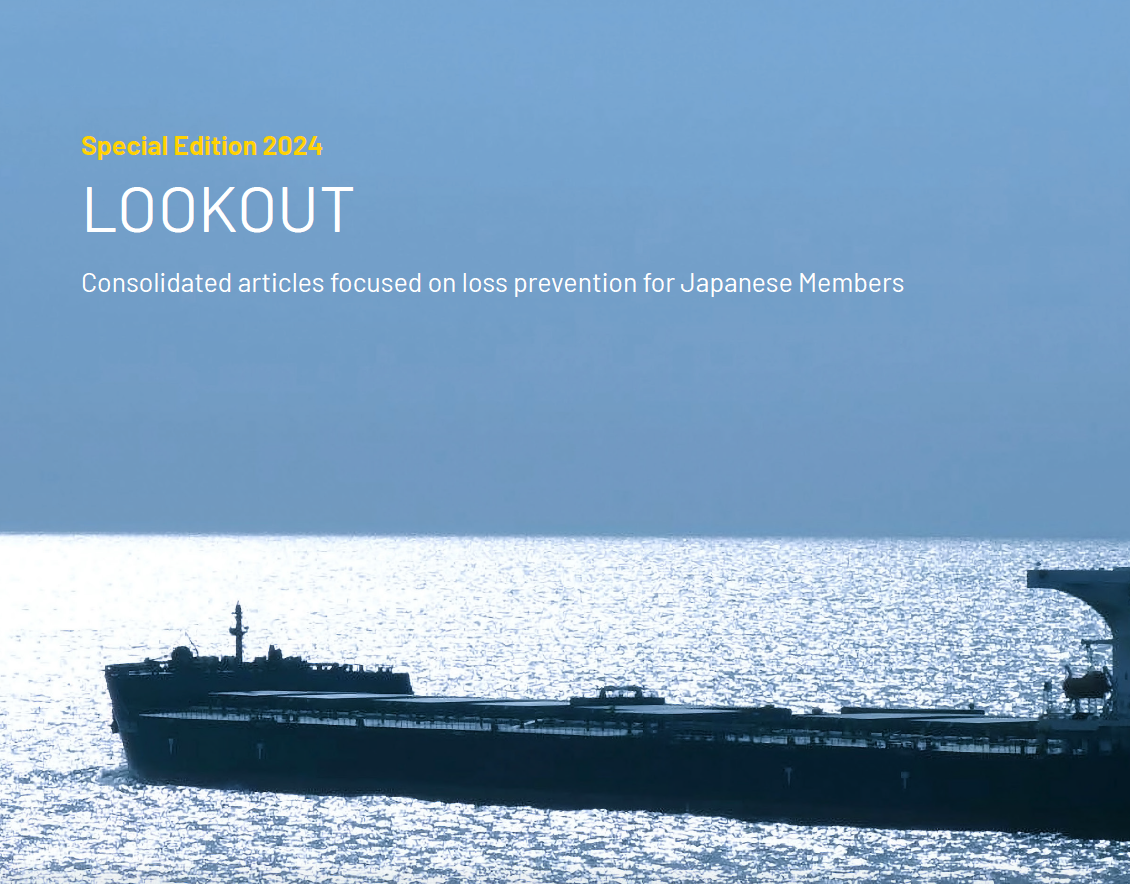The International Convention for the Control and Management of Ships' Ballast Water and Sediments, adopted by the IMO on 13 February 2004, entered into force on 8 September 2017. As of EIF, ships have had to comply with the Convention's D-1 ballast water exchange (BWE) requirement but the requirement for ships to have ballast water treatment systems (BWTS) installed as a method of compliance with the D-2 ballast water performance standard was delayed by two years. The first date on which ships will be required to have BWTS fitted will therefore be 8 September 2019.
Across the Atlantic, important developments have also been taking place in relation to the USCG's BWM regulations which entered into force on 21 June 2012. With over twenty BWTS now issued with USCG type approved certificates, the USCG has hardened its stance on extending Alternate Management System (AMS) certifications and extensions to ships which have reached their implementation deadlines. The Vessel Incidental Discharge Act (VIDA), enacted at the end of last year has however, raised hopes for more harmonisation of the USCG's BWM regulations with the IMO's BWMC and with the regulations of other US States.
The IMO Convention took over thirteen years to enter into force, and enforcement of the USCG's ballast water performance (BWP) standard was continuously postponed from June 2012 due to there being no USCG type approved equipment. The time lines below may therefore serve as helpful recaps of some of the more significant developments on the long and tumultuous journey that these two sets of regulations have taken Members on.
We will also look at some questions Members may have relating to these two regulations as 8 September 2019 approaches, and end with brief guidance on P&I Club cover for claims arising out of breaches of these BWM regulations.




